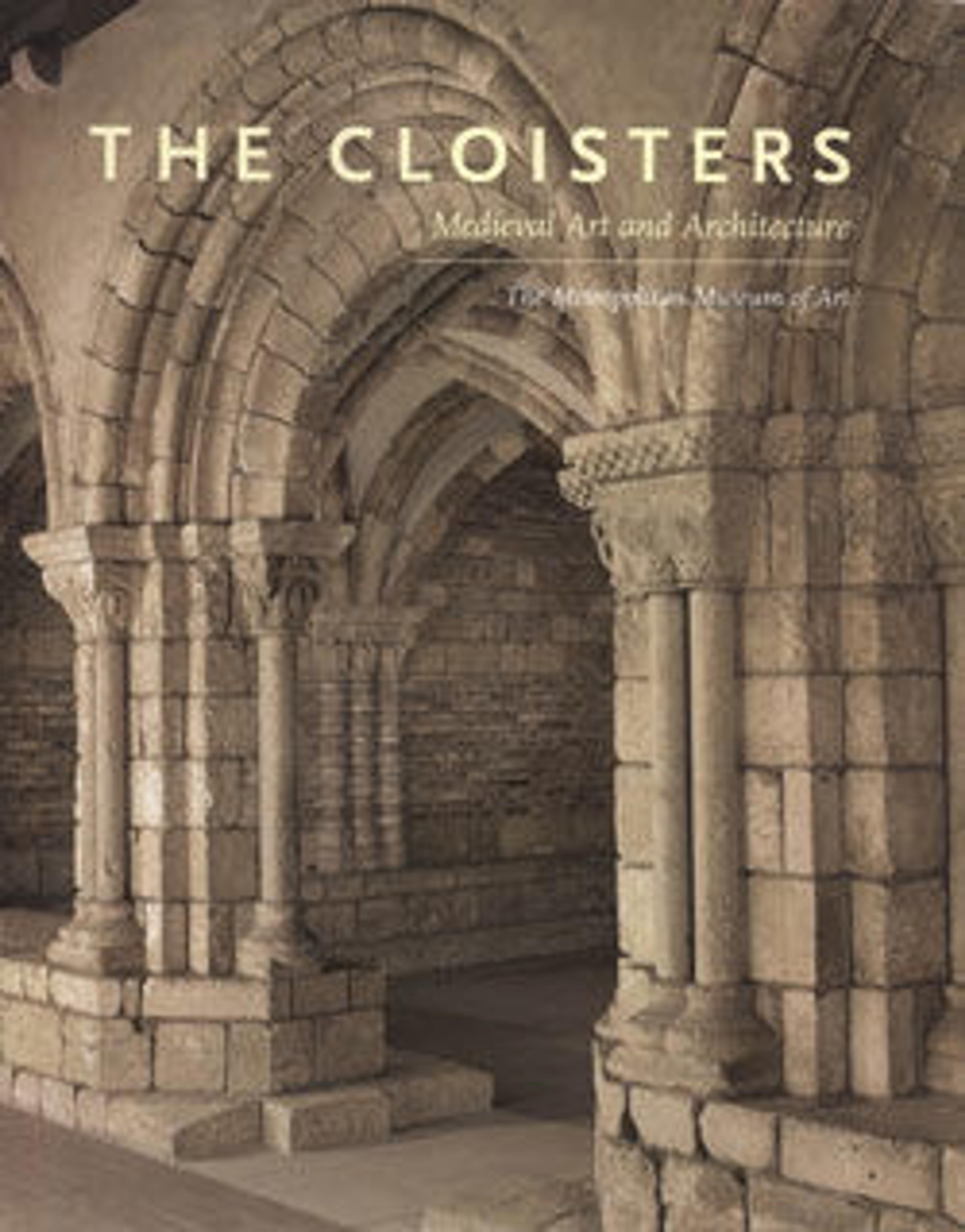
The Cloisters: Medieval Art and Architecture
The Cloisters, a branch of The Metropolitan Museum of Art, is home to an extraordinary collection of art and architecture from medieval Europe. Praised after it opened in 1938 as "the crowning achievement of American museology," The Cloisters remains a triumph of design innovation. Incorporated into the very fabric of the building are portions of five medieval French cloisters and many other monuments arranged in an environment that thoughtfully evokes the grand religious spaces and domestic interiors of the Middle Ages.
Many of the galleries at The Cloisters reflect the original functions of the architectural fragments they include, such as the Fuentidueño apse, a massive half-dome transported block by block from a church in northern Spain. Others provide a harmonious setting for the works of art on display, which to date number more than five thousand objects from the Romanesque and Gothic periods. Three of the reconstructed cloisters also enclose beautiful gardens planted with species known from medieval herbals, tapestries, and other historical sources. Of the thousands of visitors who make pilgrimages to The Cloisters each year, many come not only to experience its incomparable artistic treasures but also to enjoy its seasonal flowerings and its majestic setting in Manhattan's Fort Tryon Park, with breathtaking views of the Hudson River and the Palisades.
More than 125 highlights of The Cloisters are presented here, beginning with some of the earliest pieces in the collection, from about A.D. 800, and finishing with later works that foretell the arrival of the Renaissance in western Europe. By surveying these elaborate tapestries, delicate carvings, and other objects in roughly the historical sequence in which they were created, we glimpse the evolving styles and artistic traditions of the Middle Ages and gain a more meaningful understanding of the contexts in which many of them appeared. Among the masterpieces on display at The Cloisters are the famed Unicorn Tapestries, the richly carved twelfth-century ivory cross associated with the abbey of Bury St. Edmunds, known as the "Cloisters Cross," the exquisite triptych by the Netherlandish painter Robert Campin, and many fine examples of manuscript illumination, enameling, metalwork, and stained glass.
Complete with digital color photography, map, floor plan, and glossary, The Cloisters: Medieval Art and Architecture is a contemporary guide that will reward students and enthusiasts of the Middle Ages as well as visitors seeing the Museum for the first time.
Met Art in Publication
Citation
The Cloisters. 2006. The Cloisters: Medieval Art and Architecture. Edited by Peter Barnet and Nancy Y. Wu. New York: Metropolitan Museum of Art.